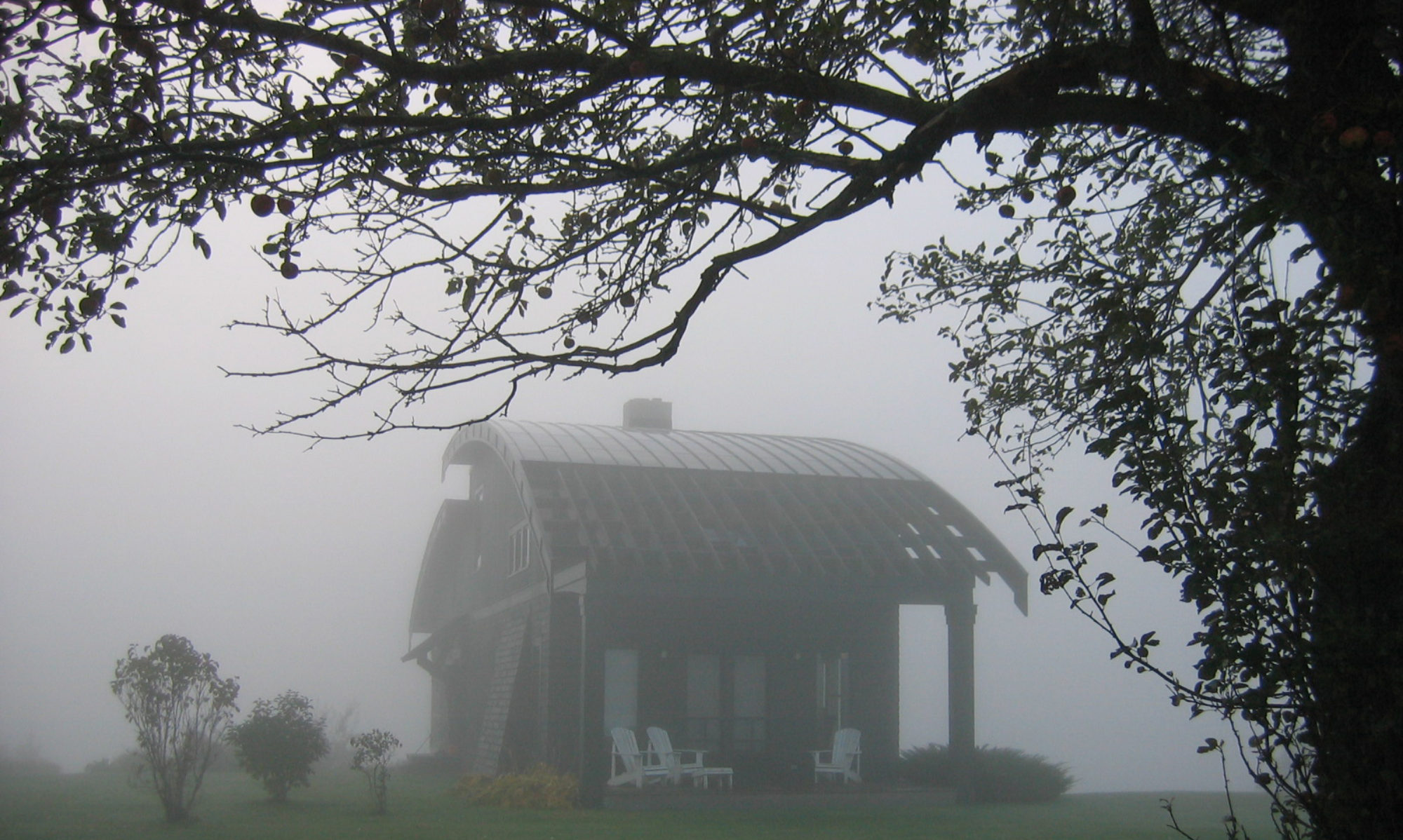One of the instructions for our trek in Peru was to bring along sets of colored pencils and pads of paper for the local kids. We were told that we were going to stop by a school or two, so as to give these tokens of good will. Well, it turned out that most of the schools in the very small villages were open sporadically.

As we were resting right after lunch, there were a few children hanging around: their mom was selling her weaving nearby. So the idea occurred, let’s give the pencils and paper to these kids. Then Kurt said, let’s break out the pens and paper and start drawing! And that’s what we did. Our guide served as translator, and everyone got busy drawing the tent that was just in front of us. And as you can see, those are drawings with great knowledge. The drawing on the left even has, dare I say it, transparency!
The universality of drawing continues to astound us. As we get older, we all loose the innocent freedom that drawing offers. But who knows, with any luck, these kids will keep putting lines on paper with a pencil.

